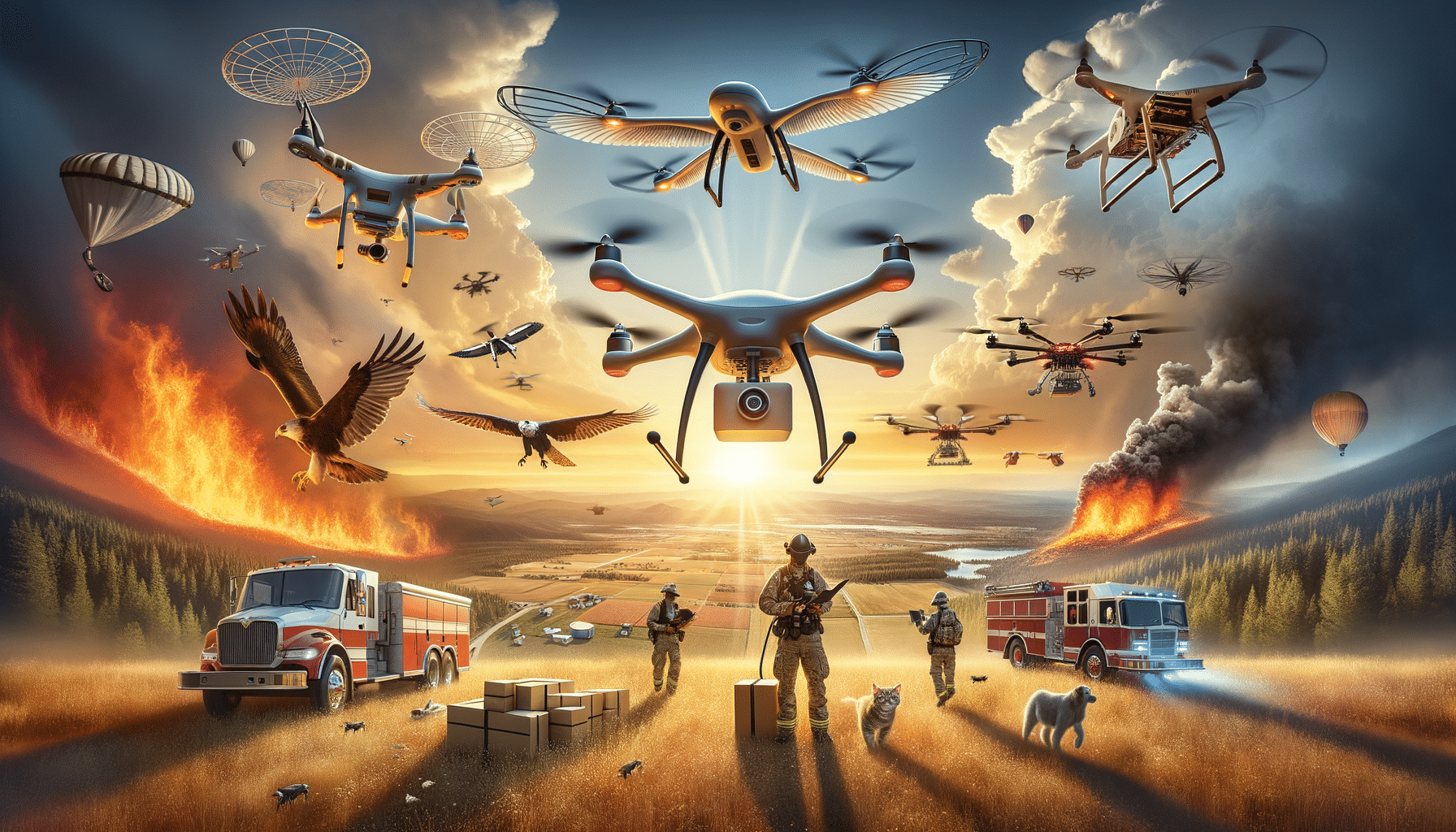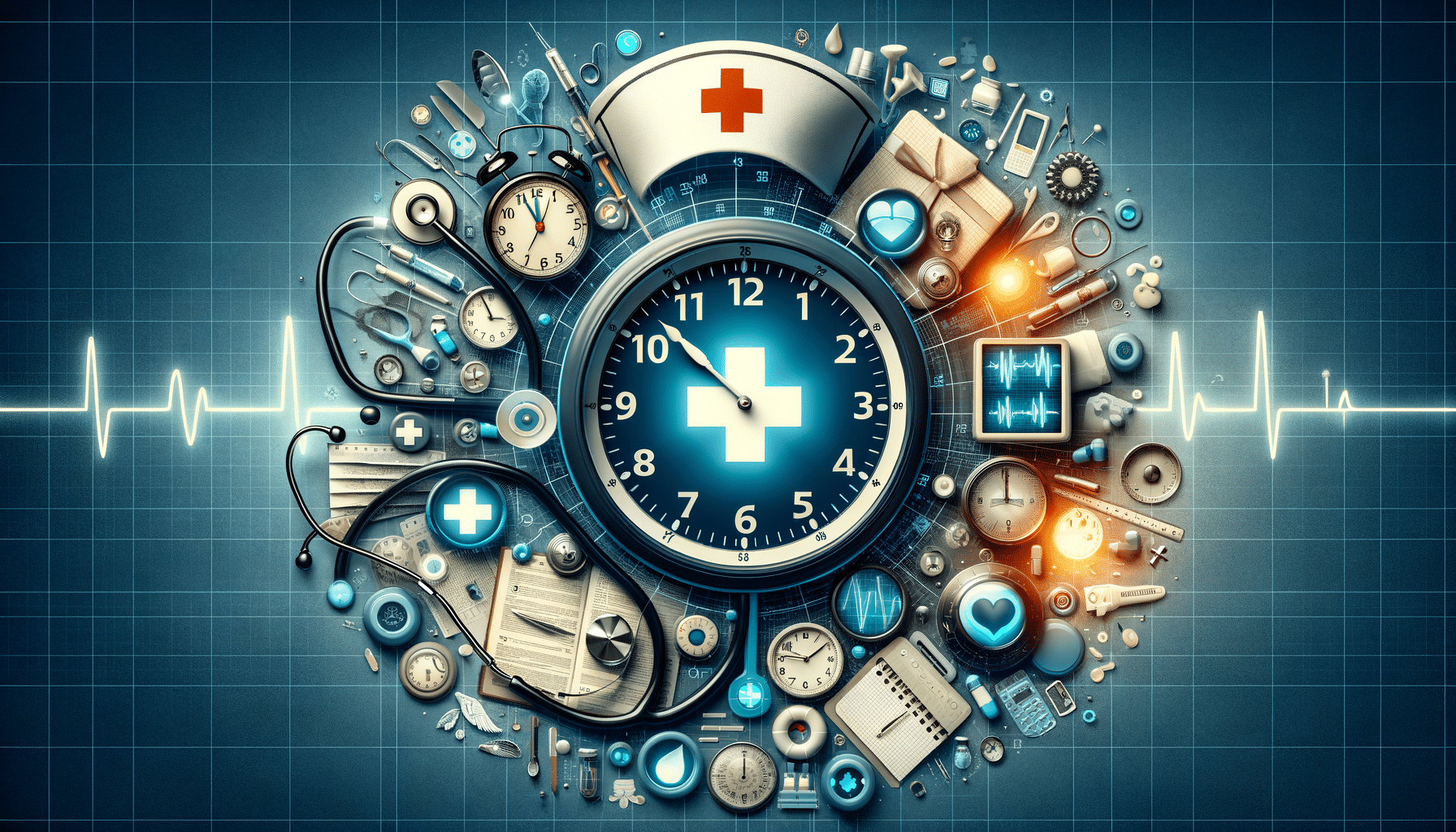
Unleash the Potential of Drones: A Comprehensive Exploration
The Rise of Drones: An Overview
Drones, also known as unmanned aerial vehicles (UAVs), have revolutionized various industries by offering unique capabilities and perspectives. Originally developed for military purposes, drones have found their way into commercial, recreational, and even humanitarian applications. Their ability to capture high-resolution images, conduct surveillance, and perform tasks in hazardous environments has made them invaluable tools across sectors.
In recent years, the consumer drone market has seen exponential growth. This surge is driven by advancements in technology, making drones more accessible and affordable for the average consumer. As a result, drones are now used in fields ranging from agriculture to filmmaking, showcasing their versatility and potential.
The integration of drones into daily life continues to expand, with new applications emerging regularly. This trend highlights the importance of understanding drone technology and its impact on society. As we delve deeper into the world of drones, it becomes clear that their potential is vast and largely untapped.
Drones in Photography and Videography
One of the most popular uses for drones today is in the realm of photography and videography. Drones allow photographers and filmmakers to capture stunning aerial shots that were once only possible with helicopters or cranes. With the ability to hover and maneuver in tight spaces, drones provide unique angles and perspectives that enhance visual storytelling.
High-resolution cameras mounted on drones can capture breathtaking landscapes, urban vistas, and dynamic action shots. This capability has transformed industries such as real estate, tourism, and sports, where compelling visuals can make a significant impact. For instance, real estate agents use drone footage to showcase properties from above, providing potential buyers with a comprehensive view of the location and surroundings.
Moreover, drones have democratized aerial photography, making it accessible to hobbyists and professionals alike. With a wide range of models available, from entry-level to advanced, there’s a drone for every skill level and budget. This accessibility has led to a boom in creative content, as more individuals explore the possibilities of drone photography and videography.
Commercial and Industrial Applications of Drones
Beyond photography, drones play a crucial role in various commercial and industrial applications. In agriculture, drones equipped with sensors and imaging technology help farmers monitor crop health, assess irrigation needs, and optimize yields. This precision agriculture approach enables more efficient resource management and reduces environmental impact.
In the construction industry, drones are used for site surveys, progress monitoring, and safety inspections. They provide real-time data that helps project managers make informed decisions, improving efficiency and reducing costs. Drones also enhance safety by accessing hard-to-reach areas, minimizing the need for workers to perform risky tasks.
Furthermore, drones are instrumental in disaster response and recovery efforts. They can quickly assess damage, deliver supplies, and even assist in search and rescue operations. This capability is invaluable in times of crisis, where rapid response can save lives and resources.
Regulations and Challenges in Drone Usage
As drones become more prevalent, regulatory bodies worldwide are working to establish guidelines to ensure safe and responsible usage. These regulations address issues such as airspace safety, privacy concerns, and operator certification. Understanding and complying with these rules is essential for both recreational and commercial drone operators.
One of the primary challenges in drone regulation is balancing innovation with safety and privacy. While drones offer numerous benefits, they also pose risks, such as potential collisions with manned aircraft and unauthorized surveillance. To mitigate these risks, authorities have implemented measures like no-fly zones and mandatory registration for certain drone models.
Another challenge is public perception. As drones become more integrated into society, addressing concerns about privacy and security is crucial. Transparency and education can help build trust and acceptance, paving the way for further advancements in drone technology.
The Future of Drones: Opportunities and Innovations
The future of drones holds exciting possibilities, with ongoing innovations poised to expand their capabilities and applications. One area of development is autonomous drones, which use artificial intelligence and machine learning to navigate and perform tasks without human intervention. This advancement could revolutionize industries such as logistics, where drones can deliver packages quickly and efficiently.
Another promising area is the integration of drones with other emerging technologies, such as the Internet of Things (IoT) and 5G networks. This convergence will enable drones to communicate seamlessly with other devices, enhancing their functionality and efficiency. For example, drones could work in tandem with smart sensors to monitor environmental conditions or infrastructure health in real-time.
As technology continues to evolve, the potential applications for drones are limited only by imagination. From environmental conservation to urban planning, drones offer innovative solutions to complex challenges. Embracing these opportunities will require collaboration between technology developers, regulators, and society to ensure that drones are used responsibly and to their fullest potential.


